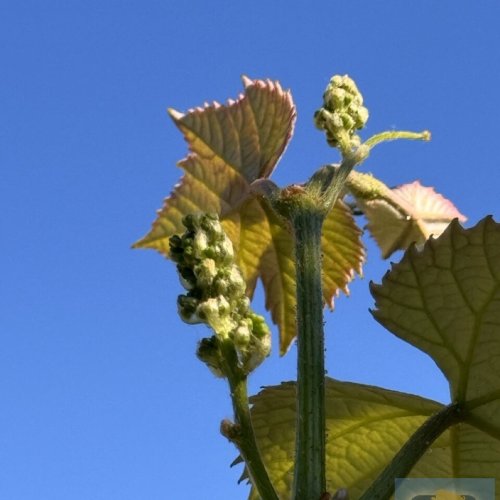Hello - I'm a newbie here, and discovered this forum through a search for info on the Luquin option out of Estella. I'm aware that this can be picked up in Villatuerta, but rather liked Estella - and Irache. After reading that thread, I went to the forum home and found a cycling thread. A few responses to quotes in this thread:
> Nine days is pushing it from SJPP if you are riding the actual trail.
I'd say that nine days is pushing it riding on the roads. Doing it so quickly suggests that you're not planning to do much exploring of the communities, architecture and history that make the Camino what it is.
> The route is a very mediocre road ride
My group - and doubtless hundreds of others, had an extremely different experience. The variance may be due to your considering it a "ride", vs. a journey. We did a lot of research before our trip, planned good routes, and made a point of including rest/exploration days in Burgos and Leon along with daily non-cycling activities.
> That is one awful guidebook. It ought to be retitled: "how one guy on a road bike got to Santiago"
I agree with your suggested title. We did include it in our research, but his days were so insanely short that we doubled them up, and stayed in alternate locations sometimes.
> I have the CSJ book "The Cycling Pilgrim" by John Curtin
My experience is that it's more of a pamphlet then a book, but it is a valuable supplement to the Higgenson book, and their alternate routes are better than his - but then, they had his pioneering work to build on.
> Coming into Burgos can be the worst part of the trip.
That's only true if you didn't research the options and stayed on N-120 the whole way.
I arranged to get a copy of the Dutch guide for the
Camino Frances (they have two others, from the Netherlands to Paris, and from there to the Pyrenees), which provided a great entry from 14 Km east of the city.
However, we decided to try our own alternate route up to that point, which provided perhaps the best day of riding of the entire trip. We crossed N-120 in Belorado, and then climbed to Pradoluengo, then higher up into the fog, and descended to Arlanzon. As a result, we had less than 4 Km on N-120 the entire day.
The Jakobs-Radweg book by BikeLine/Esterbauer (978-3-85000-166-3) also uses the Dutch route around the Montes de Oca. Although the text is in German, the maps are 1:75,000 !!!, and also show the walking route (compare to Michelin at 1:400,000). It's "internally" (almost indestructible) spiral-bound, but at 12 x 23 cm will require a fairly large map compartment on your handlebar bag, or separate map display gear. The Dutch (and apparently Germans) also have a far superior final stage, with a far less busy entry into Santiago.
I also got a copy of the route used by the Cycling Through the Centuries tour operator, and they usually rode what I considered the best options - including a much better entry to Leon than the walking path, or the roads along it. As it turned out, they ran a trip just a week before ours, and we were able to often use their chalk marks, including right up to our hostal in Leon, as I knew it was the same one that they used.
When I was initially researching our Camino some 11 years ago, I discovered that all the forums were walker-oriented, so started the Santiago_Biciclete Yahoo Group. It's very quiet, but still has lots of members, and never was a particularly chatty forum. However, when people ask questions, they usually get lots of experienced answers.
I had lost interest in the Camino, but have just recently started considering another go at it, riding a mountain bike and combining the best segments of the path and quiet roads. I would do even more research on the history and architecture, and ride around all the villages (and towns) on the walking route. I have been using both satellite and street-view to look at the options, and am up to Los Arcos so far.
I'm actually doing my route marking on Ride With GPS, which uses the Google base maps (not very good for Spain) and satellite view, but provides a cyclist-friendly interface with additional map bases available. If you're using roads, a single click can advance your route several miles at a time. My experience so far is that it recognizes some of the Camino as "roads", but other times I need to use the "Draw a Line" option - after looking at a very zoomed-in landscape in satellite view.
For anyone not familiar with this site/tool, here is my first attempt at Pamplona to Puenta la Reina:
http://ridewithgps.com/routes/6887337
Has anyone here visited the ruins in Guendulain - they look fascinating from above? I'm currently thinking of skirting Alto der Perdon to the east, passing through Esparza on what look to be quiet roads. This would also allow me to take the route through Biarrun and Ucar that I had looked for out of Campanas in vain on my first Camino. In satellite view I can now see why I couldn't find it - the farm road I'd seen on an old Spanish provincial map is now interrupted by some sort of commercial facility, which we had ridden to and turned around at. This route would also bring me past the Templar chapel at Eunate, which is well worth seeing again.
Charles




























